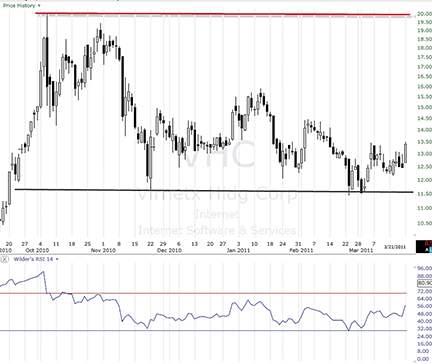INDICATORS
About Indicators
More Power To The Subordinates
There are primary indicators and there are subordinate indicators. Often we get caught up in the primary indicators and fail to see certain patterns within them. Here’s how applying the subordinates can help you see something that could give you the edge.
Traders are always looking for ways to streamline their stock analysis process to make it more efficient and productive. One great way to speed up your indicator analysis is to tweak the way you use your indicators. There are two classifications of indicators, primary and subordinate (also known as sub- or child indicator).
Primary indicators
Among the 250-plus primary indicators, there are a number of main categories:
- Trend
- Quality
- Accumulation/distribution
- Oscillators
- Flow of funds
- Velocity/momentum
- Hybrid
- Cycle
Each of the primary indicator categories defines the function and use of the indicators. Hybrid indicators, for example, are the new indicators written in the past three to four years for the modern automated market. Hybrids lead price, actually moving in advance of it.
Subindicators play a key role in faster, more reliable chart analysis, regardless of which category of indicator you use. They are especially important and useful for histogram indicators and single-line indicators.

Figure 1: A TYPICAL APPLICATION OF THE relative strength index (rsi). Normally, a midtrend bottom lasts three to six months with several tests of the low. RSI, by itself, makes it difficult to see changes in the oscillator pattern.